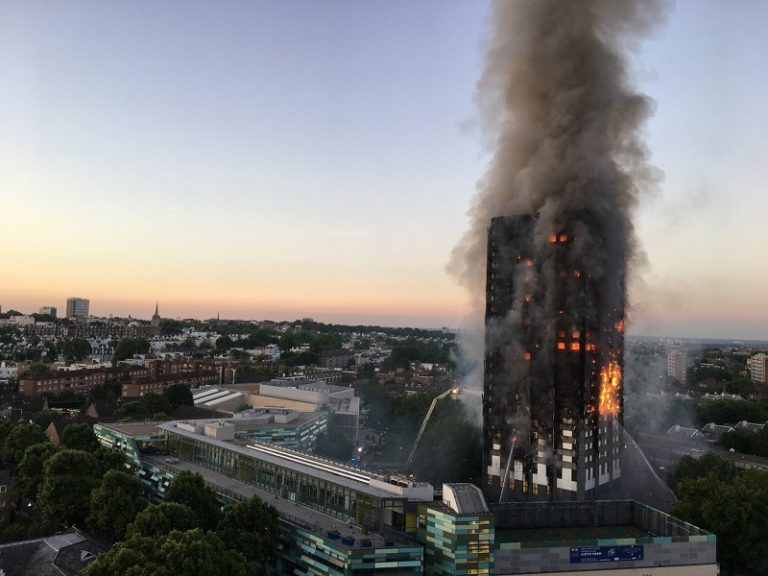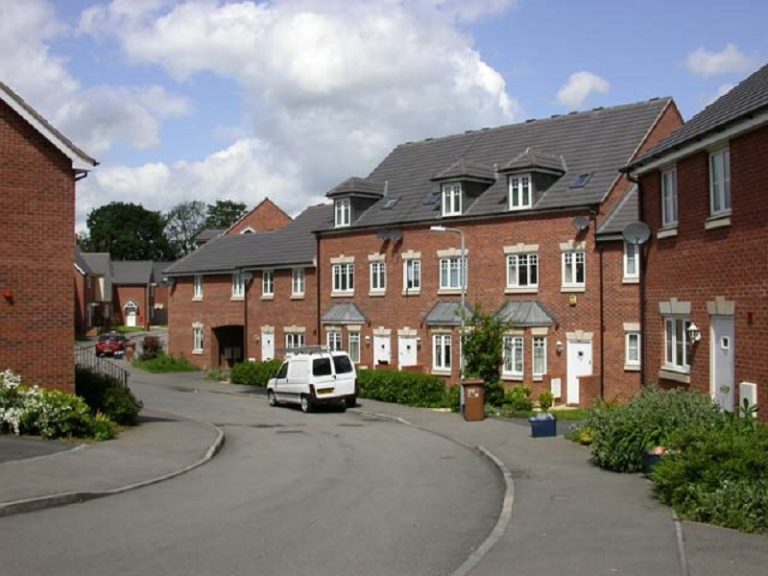Premier League properties see game changing price rise The latest analysis from Purplebricks has shown that homeowners living near Stoke’s showcase football stadium are cheering a 22% boom in the value of their property. Despite the Midlands-based Premier League team suffering a stuttering start to the season, houses in the same postcode area as the Britannia arena are top of the table when it comes to their value rising in the past 12 months. Overall, the price of property located near major football stadiums jumped 8.7% – from £284,970 to £309,870 – compared to this time last year, the equivalent of a £480 per week increase. The UK national average property price is £216,750. The study from the UK’s third largest estate agent shows of the London clubs, Tottenham came top, with prices up 12.1%, followed by Chelsea at 10.9%, then Arsenal 10.1%, and West Ham, 9.4%. In Manchester the honours go to those near Old Trafford, where property values were up 4.8%, beating neighbours at Manchester City’s ground, who saw a smaller 2.4% increase. Owners in the shadow of surprise Premier League champions Leicester’s King Power Stadium saw an increase of 7.5%. Southampton was up by 7.7%. The one area where property prices buck the soaring trend was Liverpool, down 6.41% on the year as the area awaits a massive redevelopment around the famous Anfield ground. A comparison over the last 15 years using Land Registry figures showed the price of property near the major sporting venues has gone up two and a half fold and risen by 10 per cent more than the national average over the same period. The impact glamorous new stadia can have on surrounding homes is shown dramatically following the building of Manchester City’s 55,000 seater Etihad stadium, which was constructed for the 2002 Commonwealth Games. Before it was finished a home could be bought for an average of just £20,378, now it would cost £156,092, a staggering rise of 665%. While the Anfield area in Liverpool may be awaiting the bulldozers, over the past 15 years, house prices there have risen by 277%. Stoke is up 215% while West Ham in the East End of London has seen the biggest overall rise in the capital of 181%, as people move away from the centre. Michael Bruce, CEO, Purplebricks said: “Football stadiums generally used to be in run-down areas of a city, often cramped between back streets, whereas most are now sited in areas which have undergone major redevelopment and boast new transport links, attractive new amenities, shops and bars. This has been reflected in house prices, which are consistently higher than those in neighbouring locations. Our data proves that living near to your favourite club makes good financial sense – and it’s also handy for home games, too.” Join our mailing list: Source link









